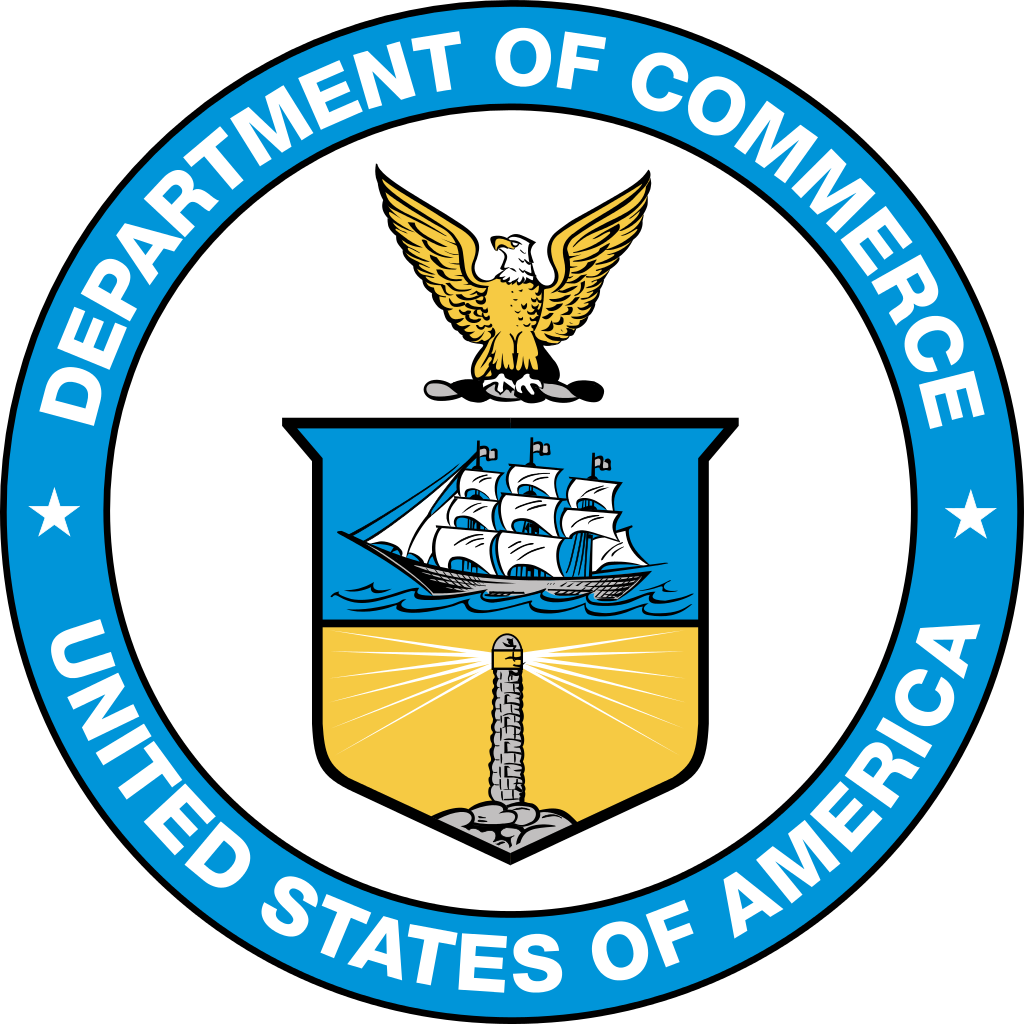Uncategorized
New Commerce Department Data Usability Project Sheds Light on Zillow Data
At the recent Strata-Hadoop Big Data World Conference in San Jose, U.S. Deputy Secretary of Commerce Bruce Andrews unveiled a collaboration between Zillow and the Commerce Department’s Data Usability Project. The project is part of a new Commerce Department initiative to publish code and data visualizations that combine local, state and federal data with data from private sources like Zillow.
At the recent Strata-Hadoop Big Data World Conference in San Jose, U.S. Deputy Secretary of Commerce Bruce Andrews unveiled a collaboration between Zillow and the Commerce Department’s Data Usability Project. The project is part of a new Commerce Department initiative to publish code and data visualizations that combine local, state and federal data with data from private sources like Zillow.
As part of the project, we prepared a tutorial that shows how to use the R programming language to combine U.S. Census Bureau American Community Survey data on incomes for firefighters and police officers with Zillow data on home values and rents. At Zillow, we used a slightly more expanded version of this process to calculate the share of income needed to afford the monthly rent or mortgage payment for various workers in markets nationwide.
Zillow has long believed in the power of free and open data. Shedding light on data not just related to real estate, but also demographics, transportation, education and a variety of other topics that matter to consumers is part of our mission and part of our identity. Which is why we’ve regularly published our data online and made it freely available to the public for years now.
But data on its own isn’t enough. Data has to be used, analyzed and understood to be truly helpful. So we also believe strongly in free and open code whenever possible, shedding light not just on data but on the tools and methods used to unlock its true potential. But the really great part about unlocking new data and learning new ways to analyze it is in discovering how other people use the same data to answer different questions and solve new problems. We look forward to seeing how other researchers and entrepreneurs build on the modest foundation we’ve laid.
And we will remain perpetually eager to get our own hands on all sorts of new data and to apply new analytical technologies to it to discover what kinds of new insights can be gleaned. The future of open data is bright, and we’re thrilled to be part of it.
